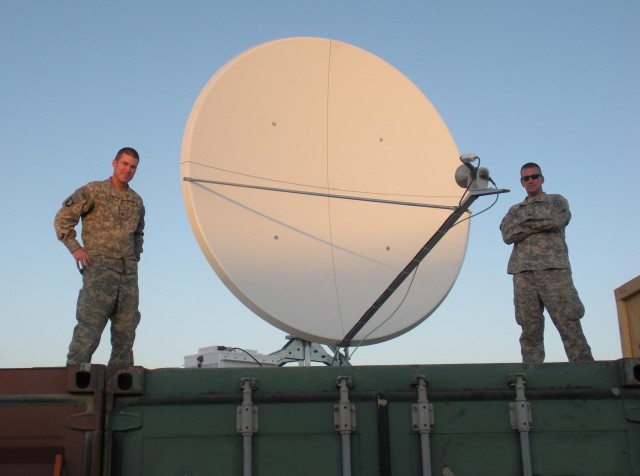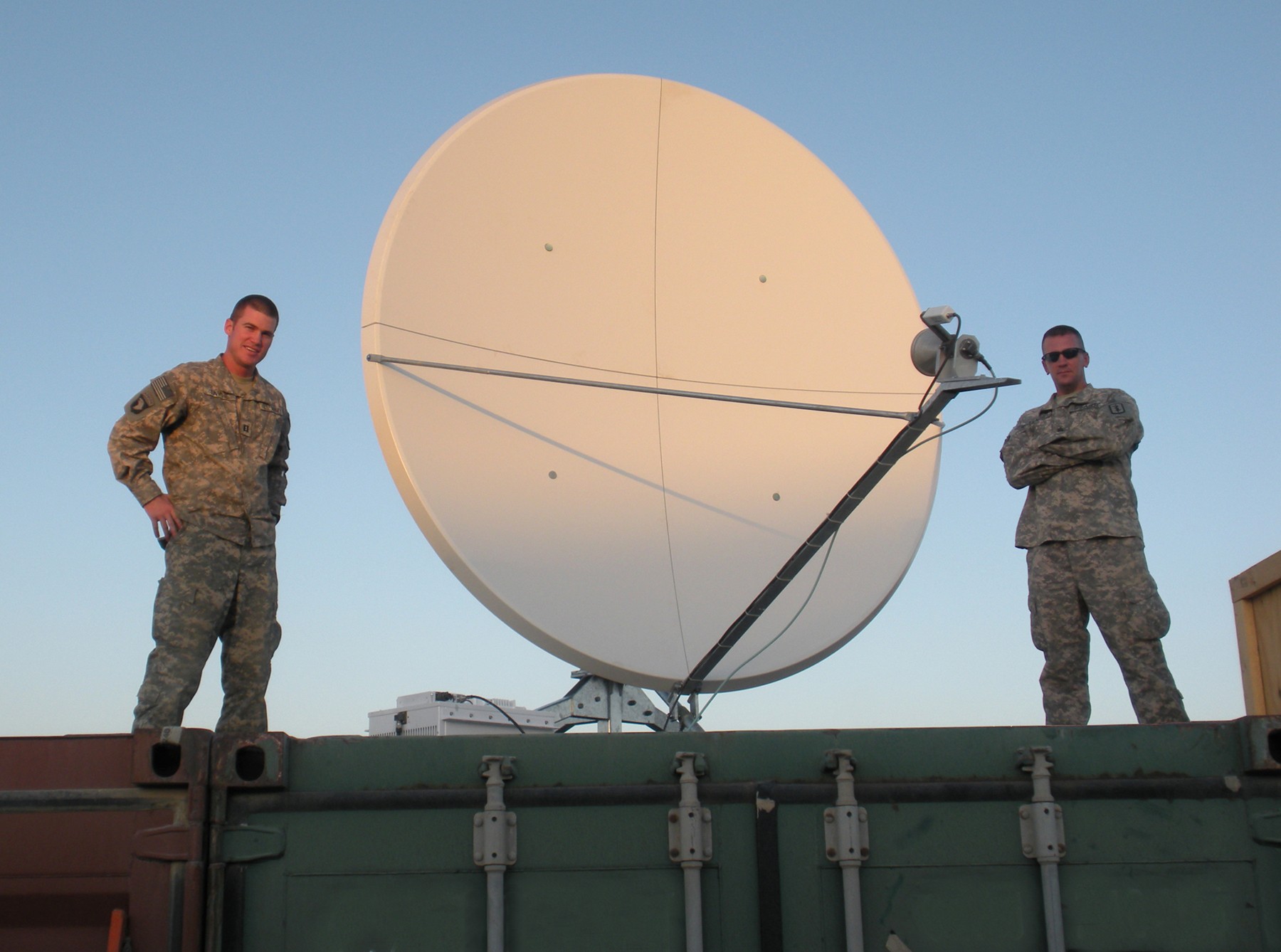FORT MONMOUTH, N.J. (Army News Service, Nov. 6, 2009) -- Not too long ago, it took hours for deployed medical personnel to transmit digital X-ray or CT scan files in Iraq and Afghanistan. Now, it takes minutes -- allowing wounded Soldiers to receive more timely medical care.
That advance comes, in part, thanks to the Joint Telemedicine Network project. The JTMN allows volumes of medical imaging data to be more quickly transmitted from theater to where it is needed. The team that implemented the JTMN was awarded the Department of Defense Chief Information Officer 2009 team award during a ceremony at the Pentagon, Oct. 28.
Lt. Col. Alfred Hamilton, the operational sponsor for the JTMN project and former medical chief information officer for the U.S. Central Command, said team dynamics were responsible for the win.
"Our team was just a perfect team," Hamilton said. "Everyone had a role and they were all intertwined and just clicked."
The need for the JTMN emerged when Hamilton went to Iraq and Afghanistan in 2007 and visited military health-care facilities and providers throughout the theater to learn how information technology support could help them provide the best medical care possible.
"We went through their concerns and a picture emerged," Hamilton said. That picture, he said, clearly showed that the existing in-theater telecommunication infrastructure was not sufficient to support critical medical situations.
Hamilton said it was taking an average of four-and-a-half hours to transmit a single full-body CT study of traumatically wounded servicemembers from one medical facility to another, and more than an hour to transmit a single digital chest X-ray. In many instances, patients being evacuated would reach the next echelon of care before transmitted medical data and images got there.
The JTMN implementation team developed a system that involved a satellite communications capability that used very small aperture terminals with sufficient bandwidth to transmit critical medical data and images. The team successfully achieved initial operational capability for the system in March 2009 and since then has been working to expand and improve the system.
Now, deployed medical personnel can transmit 250 megabit digital X-Ray or CT scan images within about 5 minutes via JTMN.
"This allows radiologists to view the images before the patient arrives at the medical treatment facility, and enables the medical team to provide more effective care during the golden hour," said Lt. Col. Nanette Patton, JTMN project sponsor and former deputy chief information officer for business and theater systems Integration for the Army Medical Department.
The golden hour is the time period from a few minutes to an hour following traumatic injury, during which there is the highest likelihood that prompt medical treatment will prevent death, Paton said.
In addition to allowing speedy transmission of medical image files over a satellite network, JTMN allows for video teleconferencing, remote consultation via VTC, transmission of medical records and even ordering of class VIII medical supplies.
The members of the JTMN implementation team include Lt. Col. Nanette Patton, Lt. Col. Alfred Hamilton, Salvatore Granata, Maj. James Morrison, Maj. Jack Leach, Maj. Dan Bridon, 1st Lt. Peter Winkel, and Liz Snyder.


Social Sharing